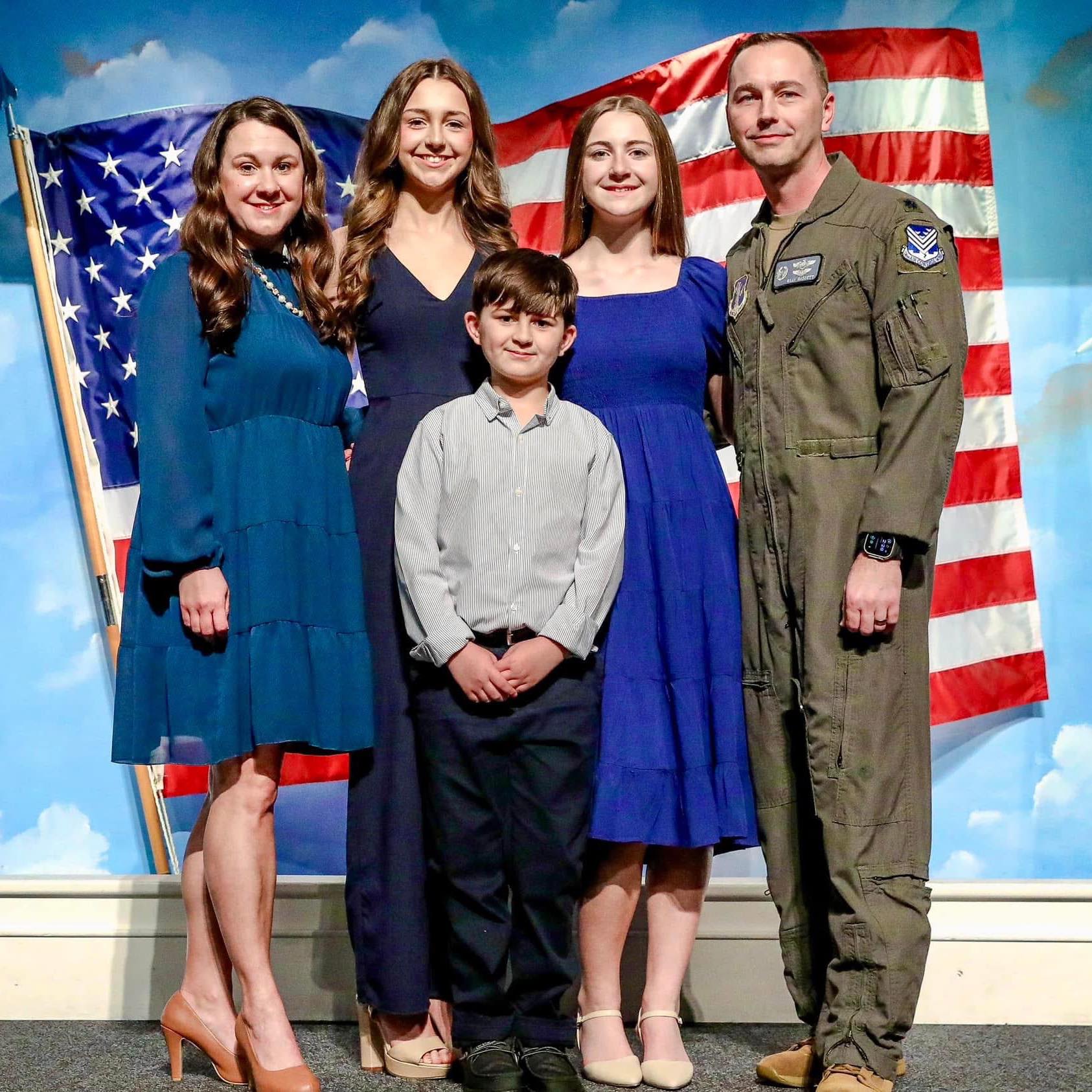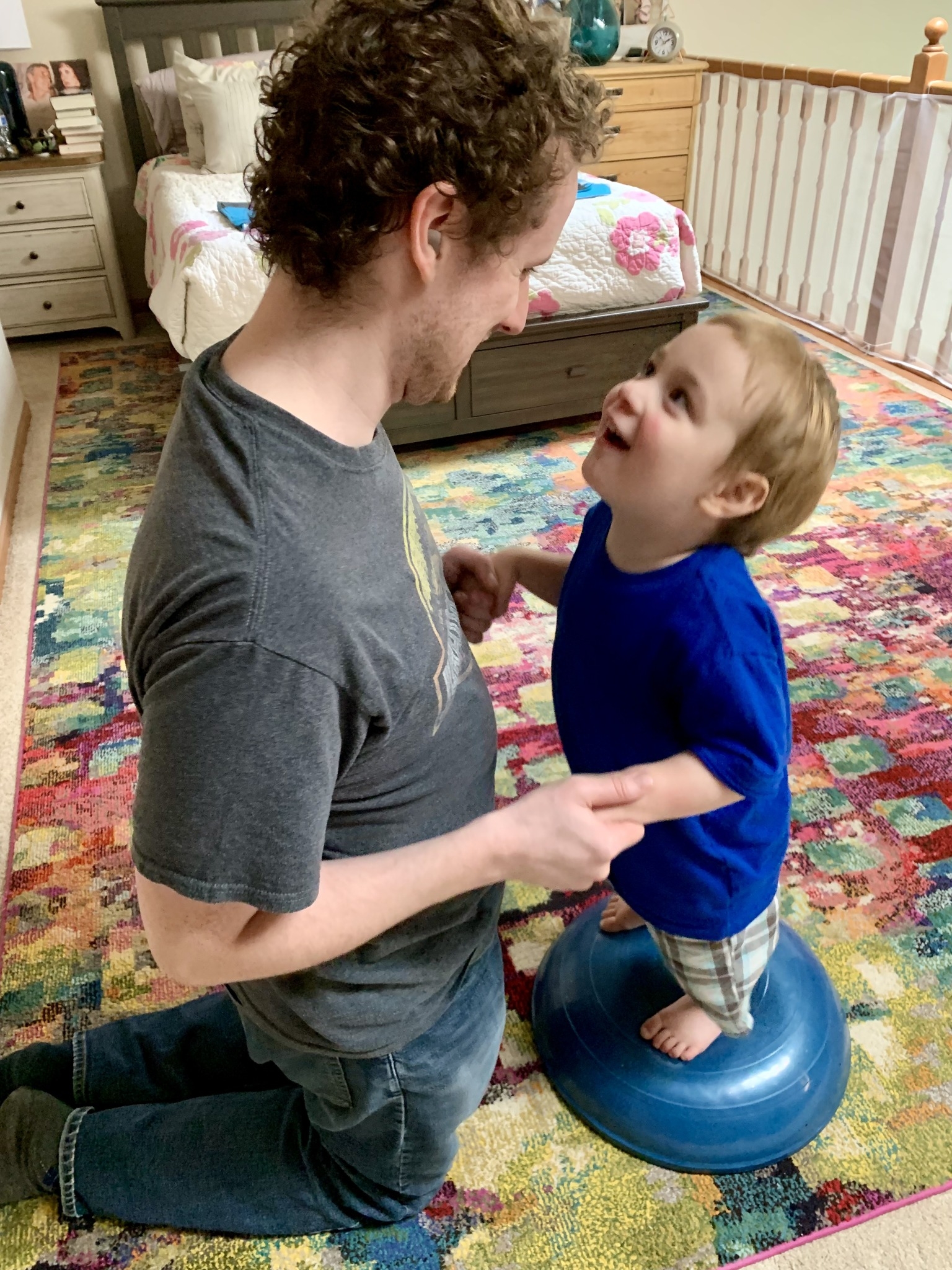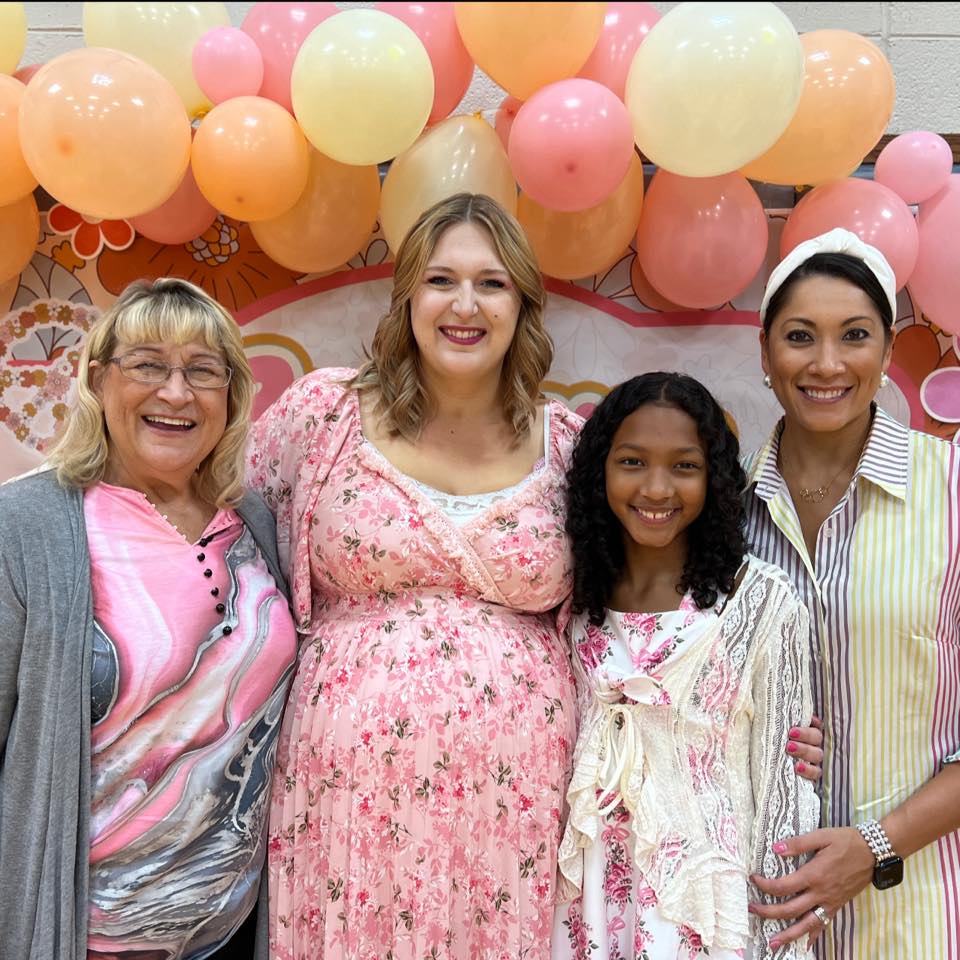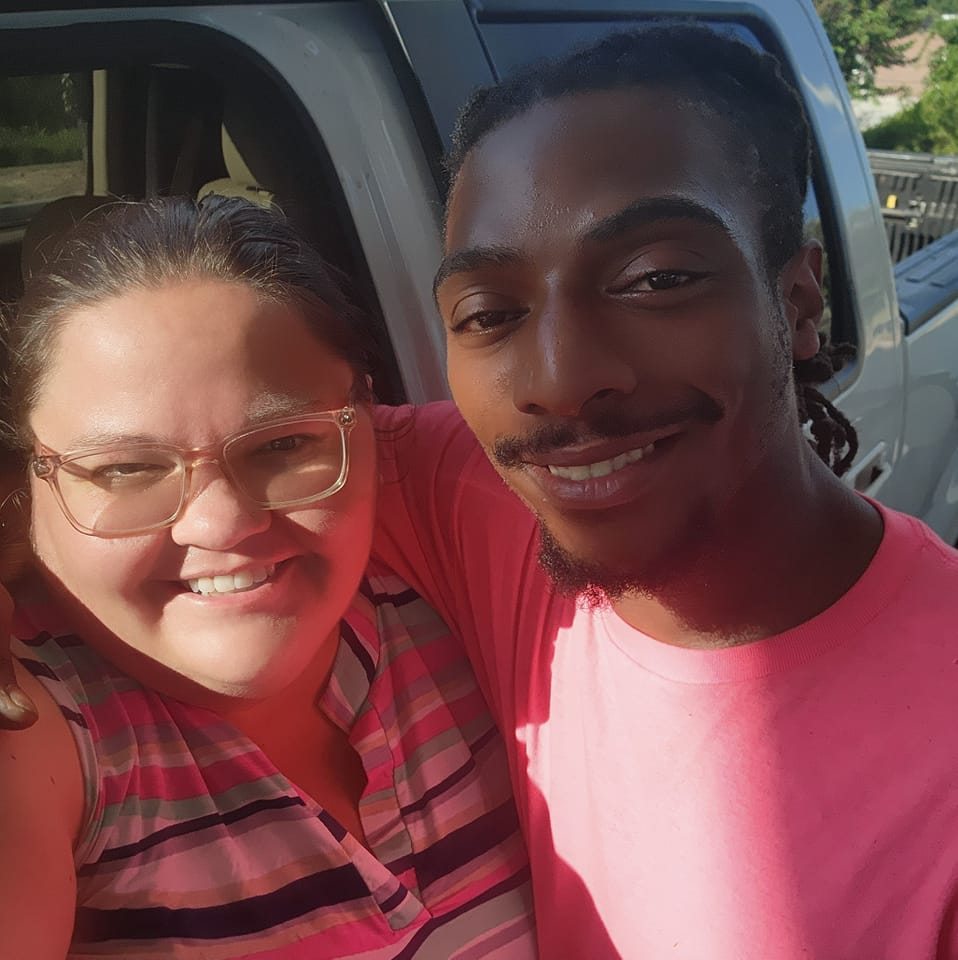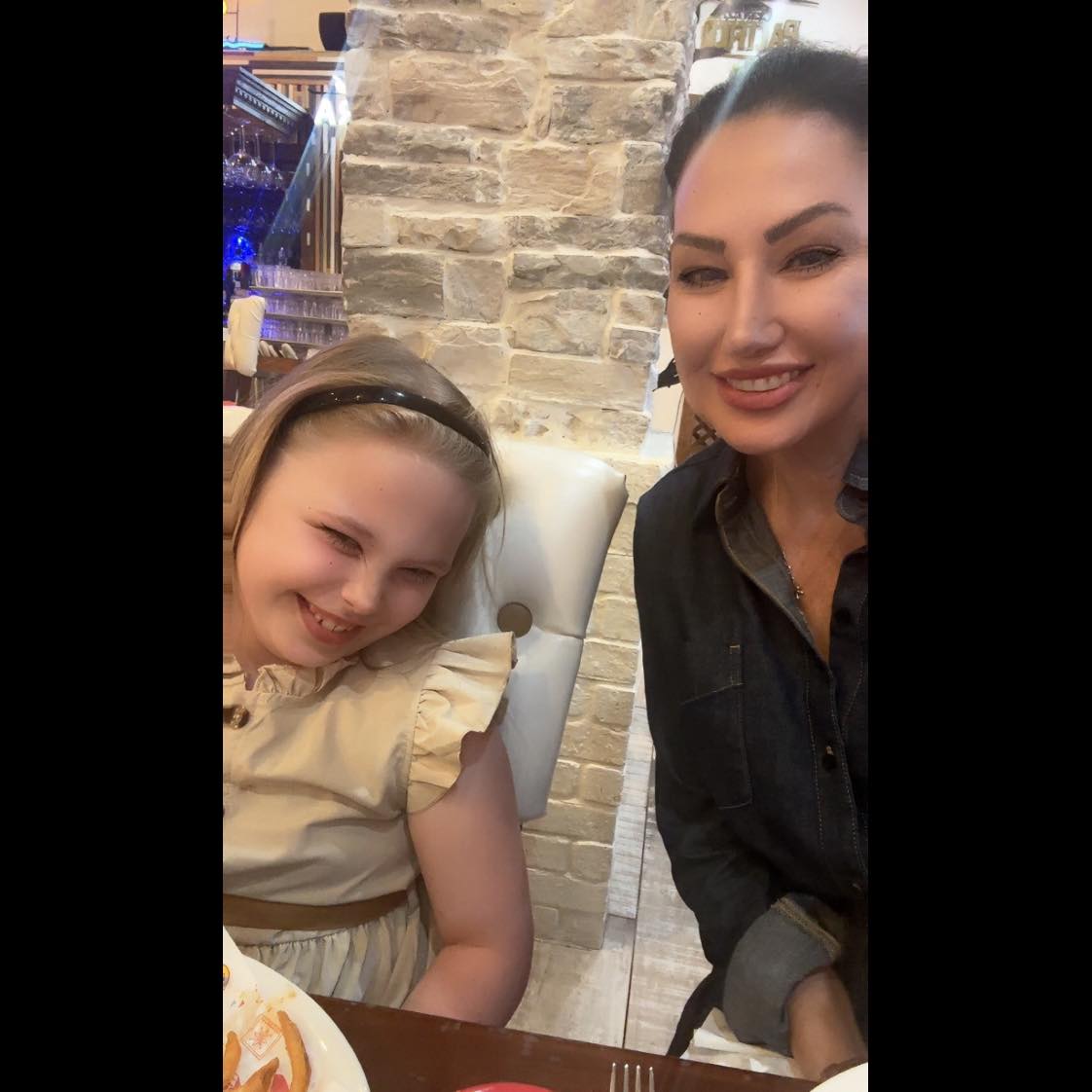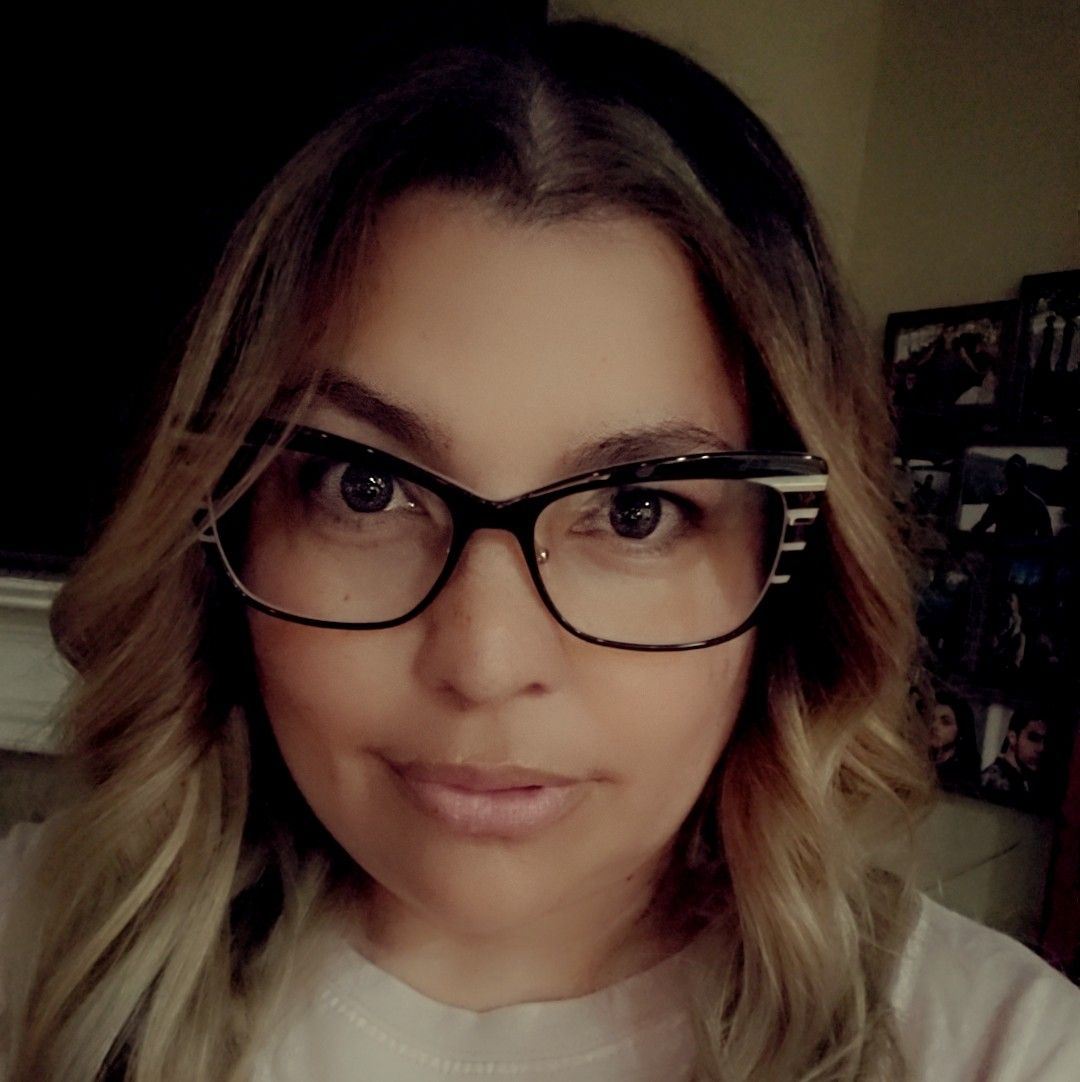Teen Dance Classes in Warner Robins for Ages 11 and Up Build Skill. Gain Clarity. Dance With Authenticity.
Teens in this program gain more than just technique—they find direction, discipline, and a creative outlet that feels truly their own. With training in ballet, tap, jazz, lyrical, pointe, musical theater, and contemporary, dancers are placed where they’ll be challenged and supported. Whether preparing for pointe, refining rhythm, or exploring expressive movement, each student receives individual attention that builds both confidence and capability—in class, on stage, and beyond.
Get more information about our classes and schedule on the next page!
Confidence, Commitment, and Connection That Last
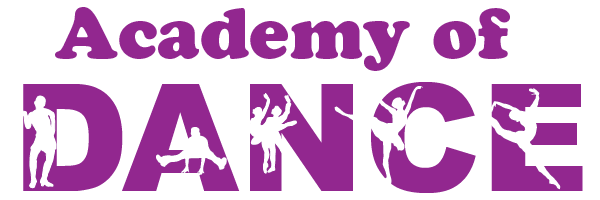
Intentional training in ballet, tap, and jazz helps teens improve strength, posture, and flexibility. With every class, technique becomes cleaner and movement more controlled—building the foundation needed for advanced performance.

Each challenge faced in class becomes a step forward in personal growth. As new skills are learned and goals achieved, teens gain the kind of confidence that shows up in school, on stage, and in everyday life.

Classes are more than training—they’re a place to connect, feel seen, and be part of something meaningful. Through teamwork, shared experiences, and lasting friendships, dancers find a true sense of identity and support.
Support Growth and Self-Discovery Through Dance
This stage of training gives teens the tools to refine technique and take pride in their progress. With structured options in both classical and rhythm styles, dancers explore ballet, pointe, lyrical, jazz, tap, musical theater, and contemporary in a way that meets them where they are. As confidence builds, so does ownership—each dancer learns to set goals, work through challenges, and express their individuality with clarity and purpose. Whether preparing for performances or simply enjoying the process, teens feel seen, supported, and inspired to grow.
This track includes ballet, pre-pointe, lyrical, and pointe for dancers in Levels A–D. Students train twice weekly to build strength, alignment, and classical technique. Pre-Pointe begins in Ballet A to prepare for future pointe work. Lyrical adds expression and storytelling through movement. Pointe is available by evaluation and offered alongside continued ballet training.
The Rhythm Track features tap, jazz, musical theater, and contemporary for dancers in Levels A–D. Tap develops rhythm, speed, and improvisation. Jazz focuses on strength, flexibility, and dynamic combinations. Musical Theater blends jazz and tap with character work and stage presence. Contemporary fuses multiple styles, encouraging expressive movement and emotional depth.
Why Families Trust Academy of Dance
Options
Busy teens and working parents need balance. Class options are thoughtfully structured so dancers can progress without sacrificing academics, family time, or rest.
Students First
Expect a space where dancers feel safe, seen, and guided with intention. Certified teachers provide age-appropriate instruction with individual attention that helps each dancer thrive.
Real Connection
From day one, dancers are welcomed by name—not treated like a number. Strong friendships and supportive relationships make every class something to look forward to.
Why Families Choose Dance Instead of the Usual Teen Options
The teenage years call for more than just another after-school activity. While sports and gyms often highlight stats or appearances, dance provides a space for growth that’s personal, creative, and lasting. Through focused technique, real connection, and purposeful challenge, teens find direction and confidence that stays with them. Here’s how it compares.
Improvement is often tied to game time, scores, or looks—not personal growth.
Large teams or gym settings can leave quieter teens overlooked.
High-stress environments can drain motivation and increase self-doubt.
Traditional sports emphasize repetition and routine.
Progress is visible, valued, and driven by individual effort and commitment.
Smaller class sizes and real relationships create space for teens to be seen and supported.
Dancers learn to focus on effort and improvement, not comparison or perfection.
Dancers connect to music, explore emotion, and express who they are through movement.
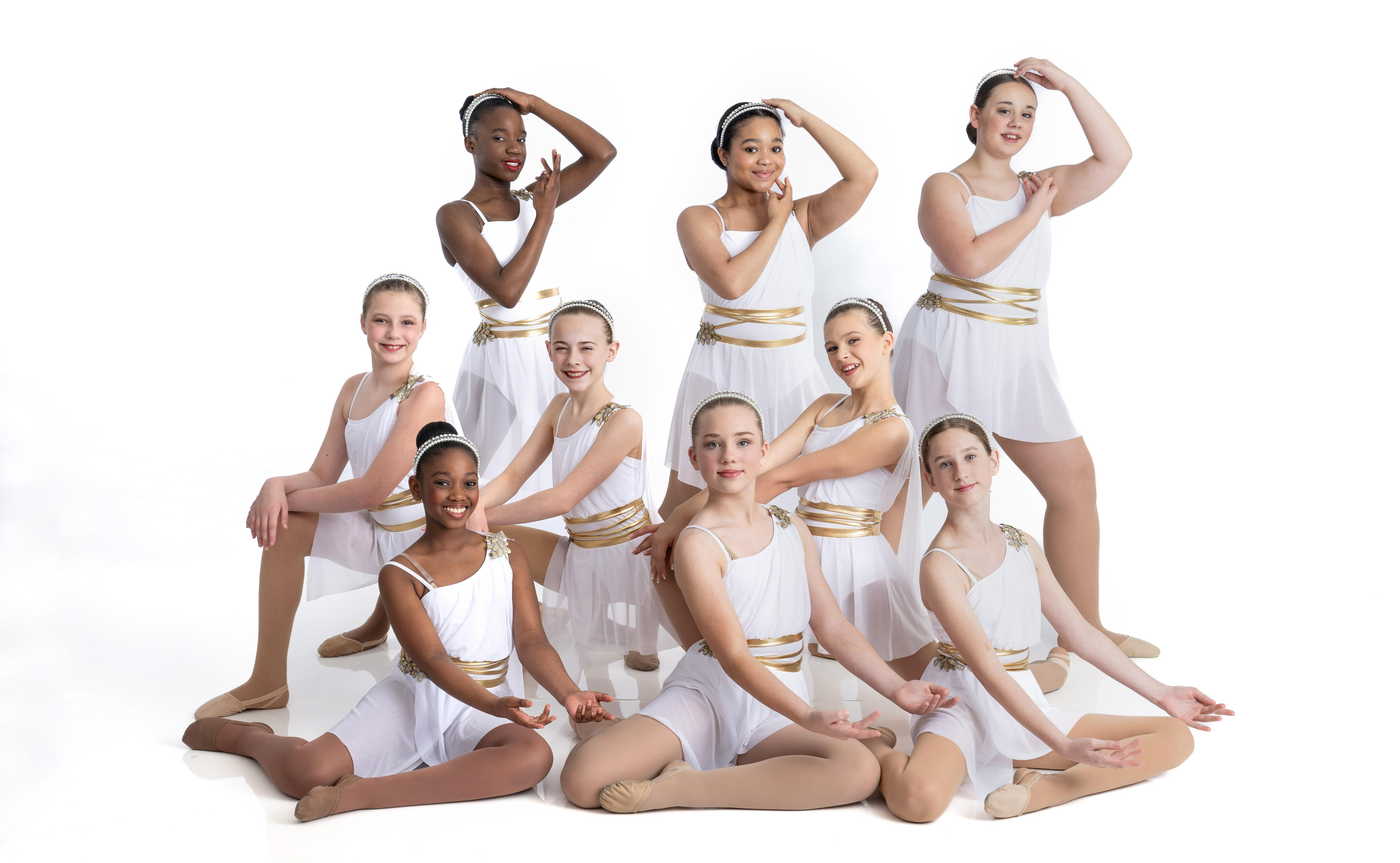
Focus, Alignment, and Artistry in Motion
Ballet in the Secondary program gives teens the foundation they need to move with purpose and control. In twice-weekly technique classes, dancers strengthen posture, flexibility, and alignment while learning to move with intention. Each class encourages focus and discipline, helping students develop the confidence that comes from real progress. Whether working toward pointe or refining overall technique, dancers experience personal growth that extends far beyond the mirror. It’s not just about how they move—it’s about how they carry themselves, both on stage and off.
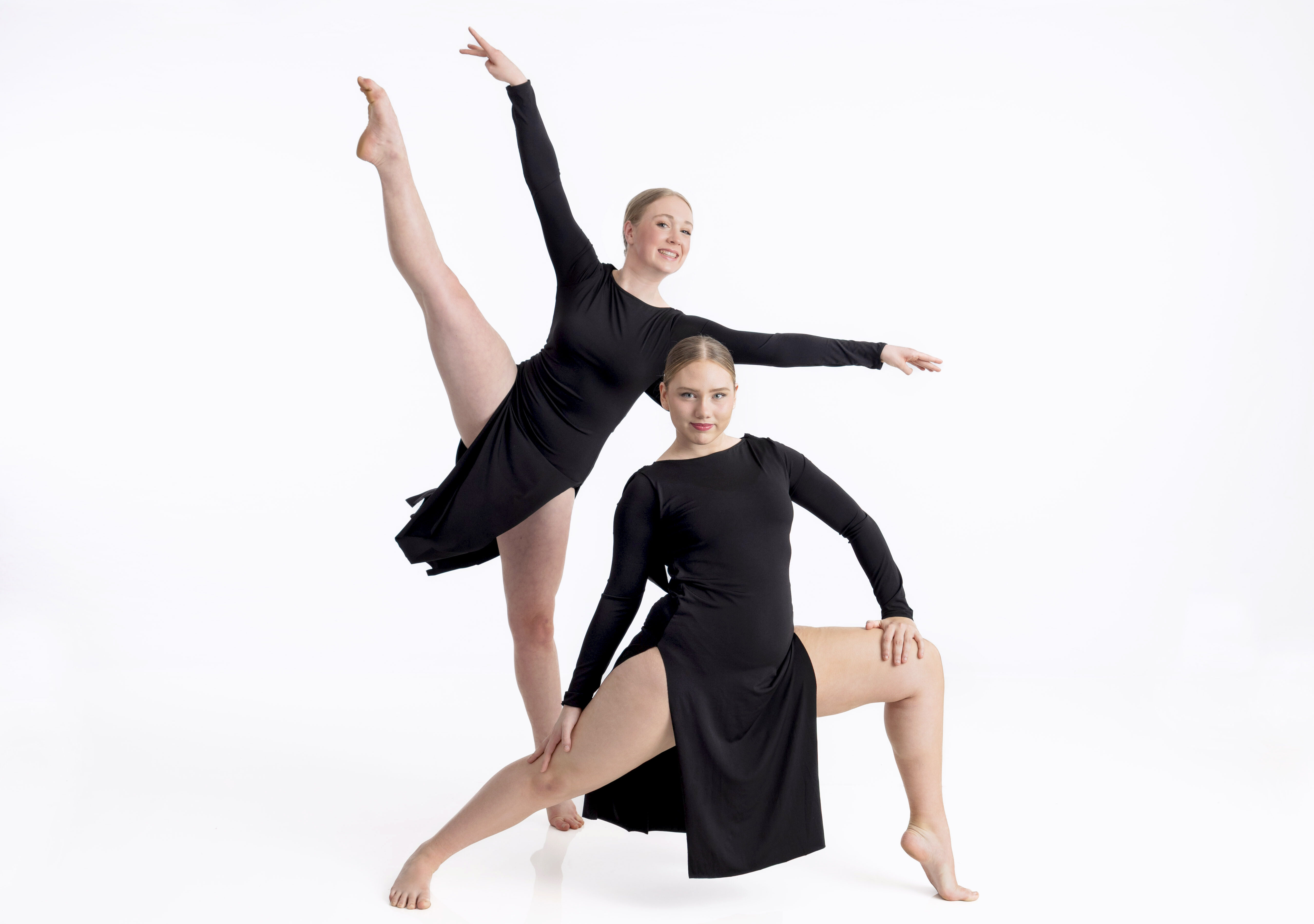
Power, Rhythm, and Confidence on the Floor
Jazz gives teens the chance to move boldly while mastering control, timing, and expression. With an emphasis on turns, leaps, kicks, and quick footwork, dancers strengthen their technique while connecting to the rhythm and drive of the music. Each class is active, structured, and rooted in performance—pushing students to expand their range and refine their presence. Along the way, teens gain more than physical skill—they learn to take creative risks, apply corrections with confidence, and bring personality into every phrase. It’s a style that moves fast, feels powerful, and shows just how far hard work can go.
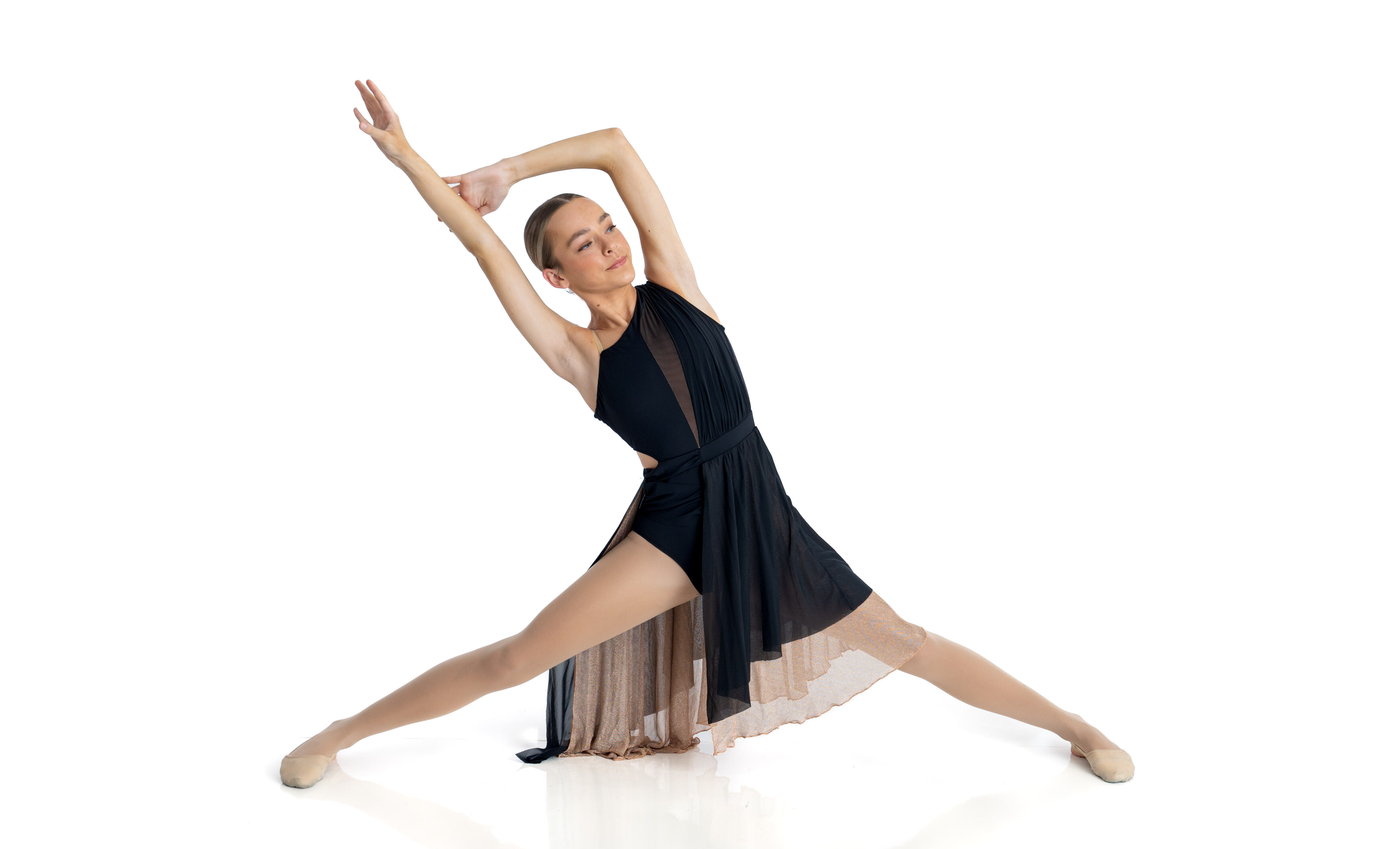
Control, Power, and Agility in Motion
Acro classes blend the power of gymnastics with the grace of dance, offering teens a challenging and rewarding experience. Students build skills like handstands, aerials, and transitions, all while learning to move with fluidity and control. Using the Acrobatic Arts syllabus, training follows a clear, safe progression—ensuring proper alignment, muscle engagement, and skill development at every level. With required Acro Conditioning, dancers develop the strength, flexibility, and stability needed to execute tricks safely and confidently. Each class brings measurable progress and personal breakthroughs, giving teens a sense of pride in every controlled landing and powerful lift.

Team Energy, Shared Purpose, Lasting Confidence
Growth happens faster when dancers feel like they belong. In every class—whether it’s ballet, jazz, or acro—teens learn to move together, encourage each other, and take pride in collective progress. From group rehearsals to performance prep, they gain experience not just in technique, but in communication, collaboration, and leadership. These moments build more than choreography—they build trust and accountability. Being part of a team where effort is noticed and friendships are real helps teens feel grounded, motivated, and confident to take the stage—and every challenge in front of them.
Real Words. Real Growth. Real Connection.
The best way to understand what dance can do for a teen is to hear from those who’ve experienced it firsthand. These reviews offer a glimpse into the growth, encouragement, and confidence that students carry with them long after class ends. Parents notice the difference—and teens feel it. See what makes this space feel like more than just a studio.
Get more information about our classes and schedule on the next page!
FAQs
Teens build more than dance skills here. With every correction, performance, and breakthrough, they gain discipline, confidence, and independence. Dance becomes a space to express emotion, overcome challenges, and feel proud of what they accomplish—on stage and in life.
Students are grouped by age and experience to ensure the right balance of challenge and support. Instructors take time to understand each dancer’s needs, working closely with them in small classes where progress is personal and every effort is recognized.
Classes typically meet once or twice a week, depending on the style. Ballet students train twice weekly for deeper technique development, while jazz, tap, and other styles meet weekly. Most classes are 60 to 90 minutes, giving teens room to grow without overloading their schedule.
Each style follows its own dress code to support movement and proper technique. Ballet dancers wear a leotard, tights, and ballet shoes; jazz and tap students wear fitted dancewear and style-appropriate shoes. All guidelines are shared clearly after enrollment.
Additional costs may include dancewear, footwear, performance costumes, or competition-related fees for those who participate. Families receive detailed information upfront so everything stays predictable and affordable.
Extra Opportunities That Make a Big Difference
Dancers can join pre-professional tracks or get support preparing for college programs or auditions.
Students can assist in younger classes, building teaching experience, accountability, and confidence.
From teen nights to special workshops, dancers connect socially while growing artistically.
All dancers are welcomed, celebrated, and encouraged—regardless of experience or background.
Get more information about our classes and schedule on the next page!











